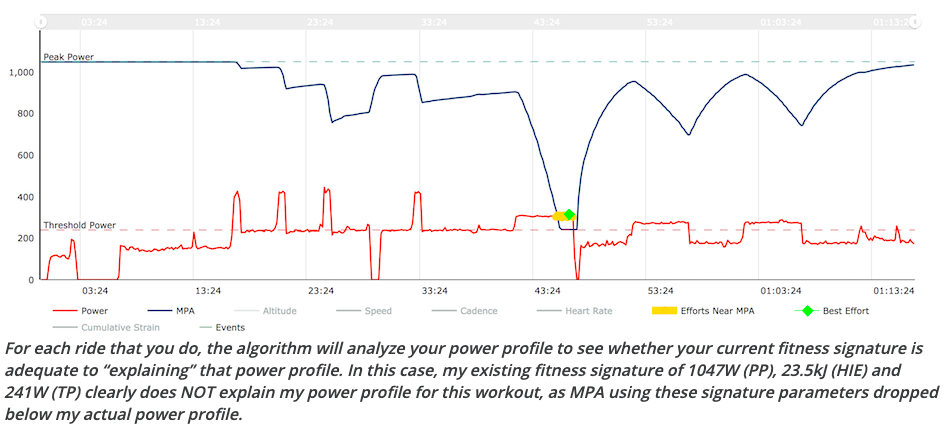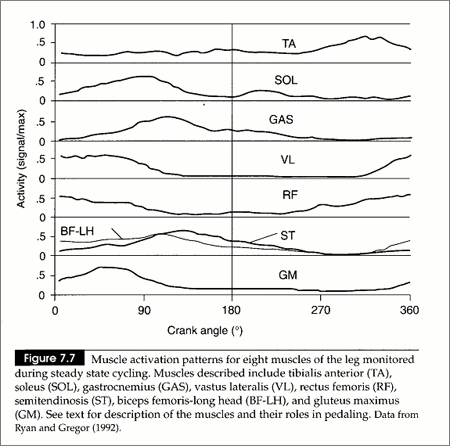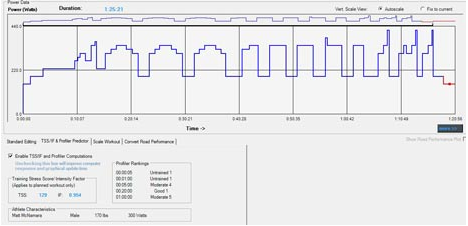
“Ten years, ten years man!” Jeremy Piven, Grosse Pointe Blank
2010 doesn’t seem all that long ago at the moment. While that is possibly a function of advancing age, and decreasing memory on my part, ten years does provide a nice reference point for a look back at training theory and practice over the preceding decade.
Luckily for me, as I have no .edu mailbox and thus no ready access to clinical studies save abstracts, my good friends at PezCyclingNews have a weekly training column known as the Toolbox to help get us started.
Let’s start with advances in technology and its application. In 2010 I wrote a detailed review of The Sufferfest videos – at the time they were right on the edge of indoor training via a series of videos that, essentially, gave you visual encouragement to suffer a lot while watching pro riders race all over the World. I was curious about the actual power metrics on offer in the series and set about building .erg files for three of their videos. Yep, I actually downloaded a Sufferfest users excel spreadsheet and manually entered the on screen cues to create the actual intended workout! It was time consuming but kinda fun to do.
Contrast that with Toolbox Editor Stephen Cheung’s 2018 introduction of Xert, a math based power algorithim and training analysis tool that raises the bar on power based analytics along with the groundbreaking work of the folks at Training Peaks who brought WKO3, 4, and 5 to market over the last 10 years. What I find particularly cool about the advancements is just what you would too…the ability to accurately infer physiological systems and performance from power files. We’ve long had pretty good estimates of VO2max derived from a calculation, but now it goes much deeper looking also at the mix of energy systems in use and predicting things like MPA, maximum power available, a sliding metric of anaerobic energy that can track you efforts in real time! Paired with good estimations of energy cross over points for fat and carbohydrate, time to exhaustion at threshold power, and the entire power duration curve in highly accurate ways allow even recreational riders access to World class data to use for themselves.

Taking this evolution in technology to the biomechanics of cycling is also an interesting path to walk over the last ten years.

In March of 2010 I wrote a review of Pedaling Dynamics. It was a fun one to write as I got to dig into the biomechanics and muscle activation patterns of pedaling, two of my favorite topics. At the time, and still prevalent today, was the idea that fast pedaling was the “right” way to do it, but the central takeaways from the research reviewed was that riders tend to have a natural rhythm at sub-threshold intensities. This is important because when we look at effectiveness (force generation into speed) versus efficiency (minimizing muscle activation and subsequent energy depletion) it comes down to an individual riders preferences as much as anything, so don’t default to fast pedaling in all situations as it may not be your most effective cadence choice in a given situation. This is a very common learning curve for new riders – they pedal really really fast but spend a ton of energy doing so because they aren’t yet efficient at pedaling! The graphics were somewhat dated, but the fundamentals were solid.
Since then things have taken a definite turn to the technological with the rise of analysis tools like the Leomo system and the advanced analysis from dual sided crank and pedal based power meters. I’ve played with a Leomo a bit in 2017, though I didn’t end up writing about it, and I think it’s pretty viable. Ditto for the pedaling analysis in other tools. We can now do a good job of actually quantifying an athletes mediocre pedaling dynamics, and more importantly helping to change ’em! I’m hoping to dig into those a bit more in 2020, should be fun.
I could go farther, but I think that covers the idea I meant to convey. Since 2010 we’ve seen amazing advances in the way information is presented and in the quality of the information on offer, but there hasn’t been a sea change in the fundamentals of cycling – it’s an aerobic sport, VO2max matters when push comes to shove, pedaling is important and knowing what and how to differentiate these elements is vastly easier and more effective than it was a decade ago.

